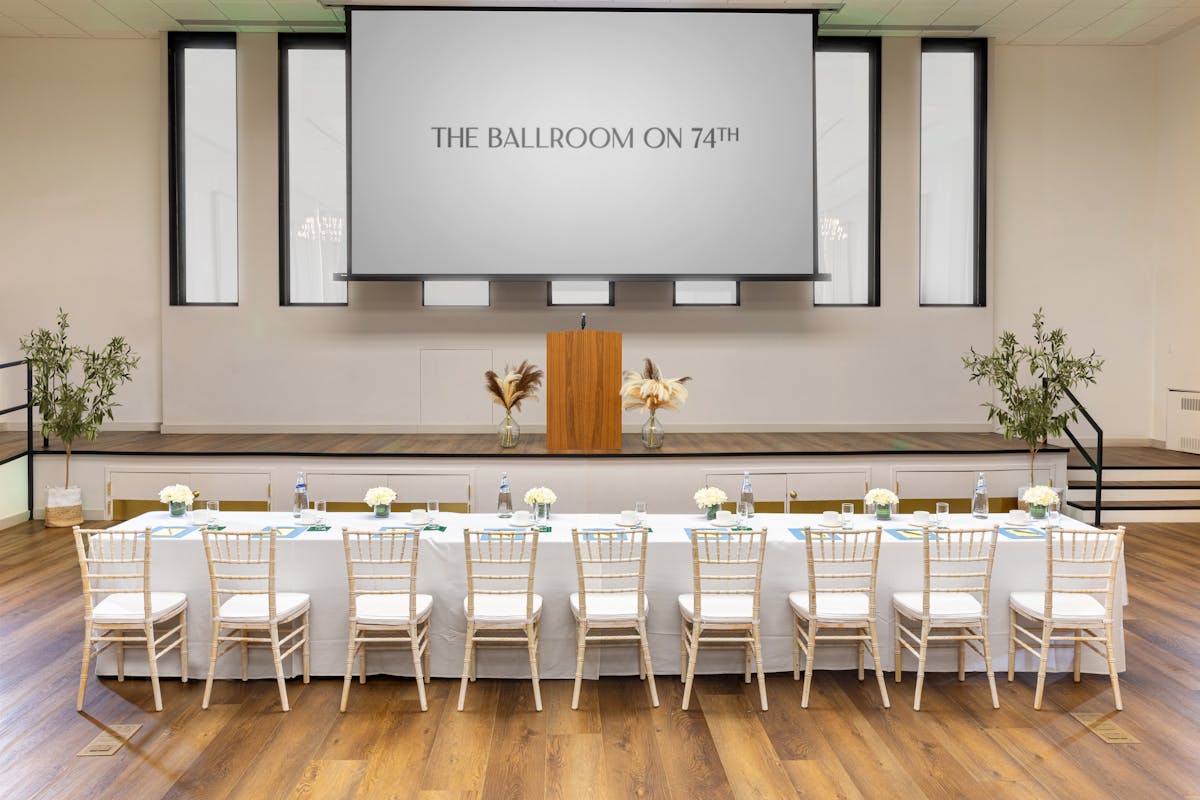A Comprehensive Guide to Captivating Audiences During Presentations

Engaging a corporate audience during a presentation is a delicate dance of content, delivery, and interaction. In the fast-paced corporate world, keeping the attention of your audience is crucial for conveying your message effectively. Here's a comprehensive guide on how to keep corporate audiences engaged when planning a corporate presentation.
1. Know Your Audience: Understanding your audience is the cornerstone of a captivating presentation. Before diving into the content, research your audience's interests, preferences, and expectations. Tailor your message to resonate with their needs and aspirations. Knowing your audience enables you to speak their language and address topics that matter to them.
2. Start with a Bang: Capture attention from the beginning. Whether it's a thought-provoking question, a compelling statistic, or a powerful anecdote, start your presentation with a hook that intrigues and resonates with your audience. This initial engagement sets the tone for the entire presentation.
3. Craft a Compelling Narrative: Humans are wired to respond to stories. Structure your presentation as a narrative, with a clear beginning, middle, and end. Weave your key messages into a storyline that keeps the audience hooked. A compelling narrative not only informs but also entertains, making your presentation memorable.
4. Use Visuals Wisely: Visual aids can enhance understanding and retention. Incorporate visually appealing slides, infographics, and charts to break up the monotony of text. However, avoid overwhelming your slides with information. Keep visuals simple, relevant, and aligned with your key points.
5. Interactive Elements: Introduce interactive elements to keep the audience actively engaged. Polls, Q&A sessions, and real-time feedback mechanisms make the presentation a two-way conversation. This involvement fosters a sense of participation and ensures that the audience remains attentive.
6. Incorporate Technology: Embrace technology to enhance engagement. Utilize interactive presentation tools, virtual reality, or augmented reality to create an immersive experience. Leverage web-based platforms for real-time collaboration, allowing participants to contribute to the presentation.
7. Break it Down: Divide your presentation into digestible segments. Long, monotonous stretches can lead to disengagement. Break down your content into shorter sections, punctuated by interactive elements or brief activities. This approach maintains energy levels and prevents information overload.
8. Know Your Timing: Respect your audience's time. A well-paced presentation keeps participants focused. Practice and refine your timing to ensure that you cover all essential points without rushing or dragging. Be mindful of the scheduled duration and allocate time wisely for each segment.
9. Encourage Discussions: Foster a culture of open discussion. Encourage questions, comments, and discussions throughout the presentation. This not only keeps the audience engaged but also allows for real-time clarification of doubts or concerns. Create a safe space for dialogue, promoting a collaborative atmosphere.
10. Inject Humor: Appropriate humor can be a powerful engagement tool. Lighten the mood with well-timed jokes or anecdotes related to your content. Humor not only captivates but also humanizes the presenter, making the information more relatable.
11. Personalize Your Approach: Connect with your audience on a personal level. Share relevant anecdotes, experiences, or case studies that resonate with their challenges and aspirations. Demonstrating a genuine understanding of their perspective builds rapport and enhances engagement.
12. Dynamic Delivery: Your delivery style matters as much as your content. Vary your tone, pitch, and pace to maintain interest. Avoid a monotone delivery that can lull the audience into boredom. Use gestures and body language to emphasize key points.
13. Embrace Multisensory Experiences: Appeal to multiple senses to create a richer experience. Consider incorporating audio elements, such as relevant sound bites or music, to complement your visual content. Engaging multiple senses enhances information retention.
14. Relevance is Key: Ensure that every piece of information is relevant and adds value to your audience. Irrelevant details can derail engagement. Keep your content focused on the core message and the needs of your audience.
15. Continuous Learning Opportunities: Position your presentation as a learning opportunity. Introduce new insights, trends, or case studies that enrich the audience's knowledge. This approach positions your presentation as a valuable experience, encouraging active participation.
16. Post-Presentation Engagement: Extend engagement beyond the presentation itself. Provide resources for further exploration, share relevant articles, or initiate post-presentation discussions through online platforms. This ongoing engagement reinforces the impact of your message.
17. Seek Feedback: After the presentation, solicit feedback from your audience. Understanding what worked well and areas for improvement is invaluable for refining your future presentations. Act on constructive feedback to continually enhance your engagement strategies.
18. Stay Adaptable: Be prepared to adapt on the fly. Monitor audience reactions and adjust your approach accordingly. If you sense disengagement, pivot to a different interactive element or address specific concerns raised by the audience.
19. Rehearse, Rehearse, Rehearse: Practice makes perfect. Rehearse your presentation multiple times to iron out any glitches, refine your delivery, and ensure seamless transitions. A well-rehearsed presentation exudes confidence and captivates the audience.
20. Follow Up: After the presentation, follow up with participants. Send a thank-you email, share additional resources, or address any outstanding questions. This post-presentation engagement reinforces the value of your message and maintains a connection with your audience.
In conclusion, keeping a corporate audience engaged during a presentation requires a strategic blend of thoughtful content, dynamic delivery, and interactive elements. By understanding your audience, incorporating technology, and fostering a culture of participation, you can create a presentation that not only informs but captivates, leaving a lasting impression on your corporate audience."

